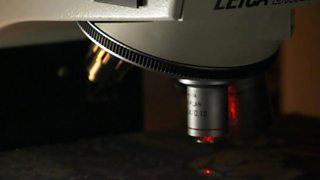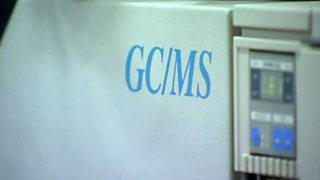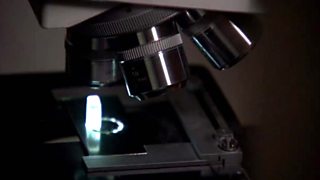Raman laser spectroscopy
Raman spectroscopy is an analytical technique which can be used to identify the pigments used in a painting.
A low powered laser is directed onto the surface of an object or painting and the light that is scattered back is measured. Each different pigment will give off its own unique reading (spectrum) which can be referenced against published spectra to allow them to be easily and quickly identified.

One advantage of Raman spectroscopy is that it is a non-destructive, non-invasive technique. This makes it useful for small or delicate objects where removing a sample could be damaging. It also provides quick results which, because it provides both structural and chemical information, are unambiguous.
See also
Other techniques
-
![]()
Gas chromatography–mass spectrometry (GC-MS)
For identifying pigments
-
![]()
Infrared radiation (IR)
For looking under the surface of a painting
-
![]()
Microscopy
For identifying each layer of paint
-
![]()
Multispectral scan
For seeing through each layer of paint
-
![]()
Thread count
For comparing canvas types
-
![]()
X-radiation (X-ray)
For examining the overall condition of a painting
-
![]()
X-ray fluorescence
For analysing the pigments used in a painting







